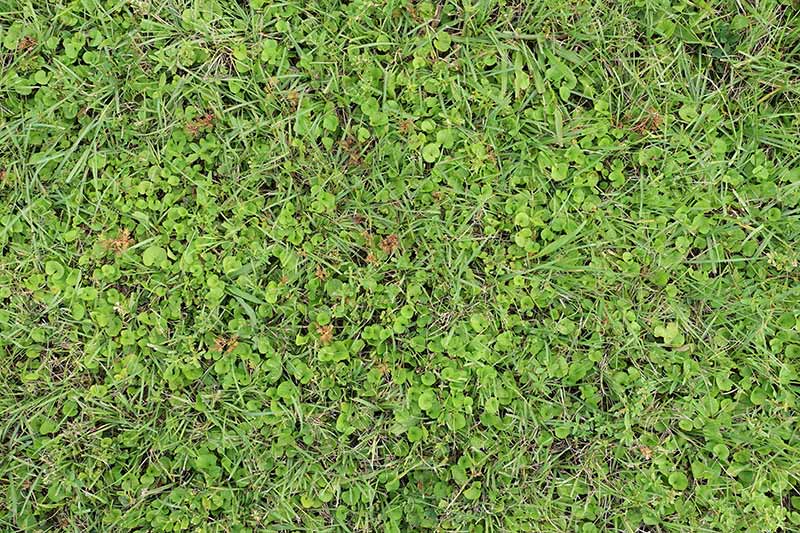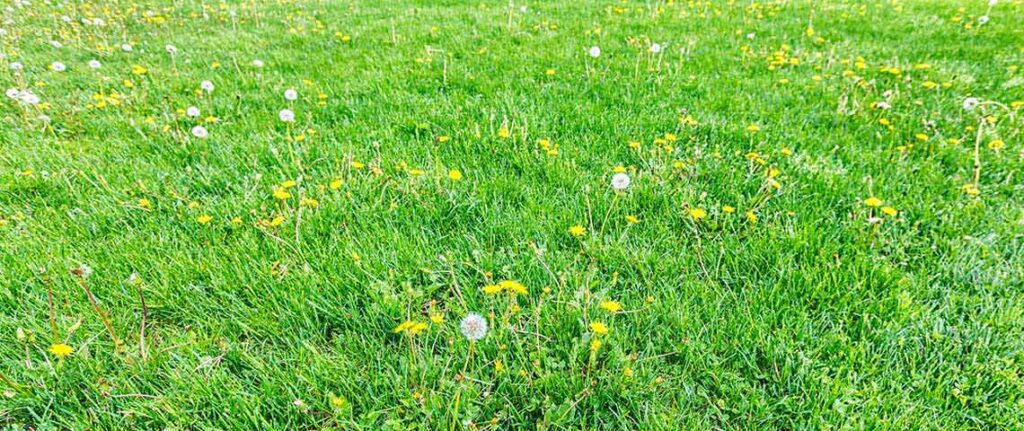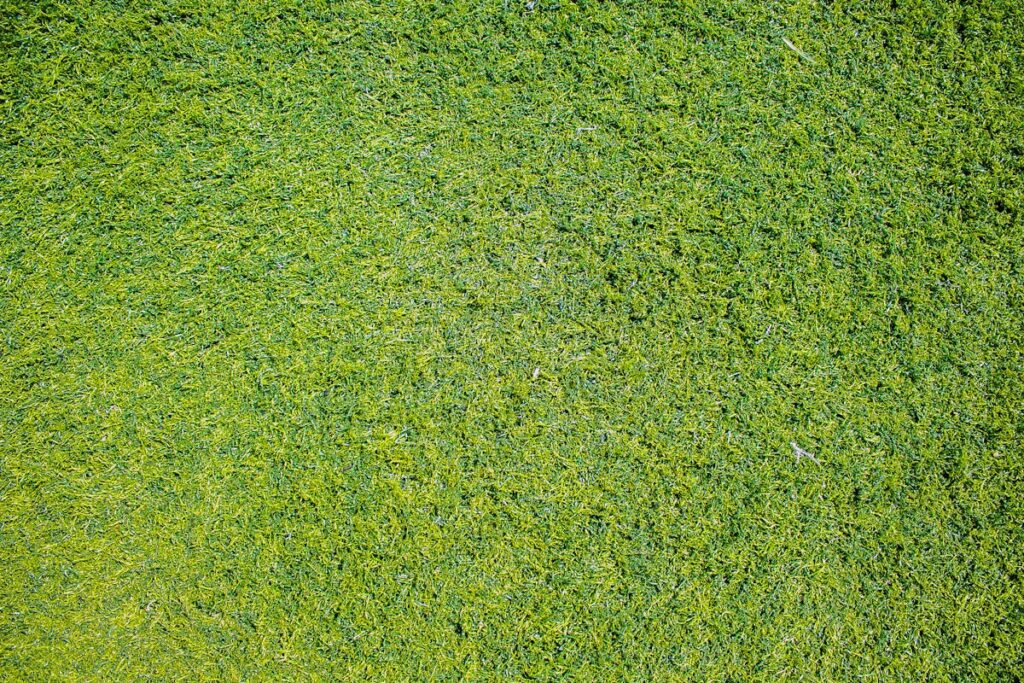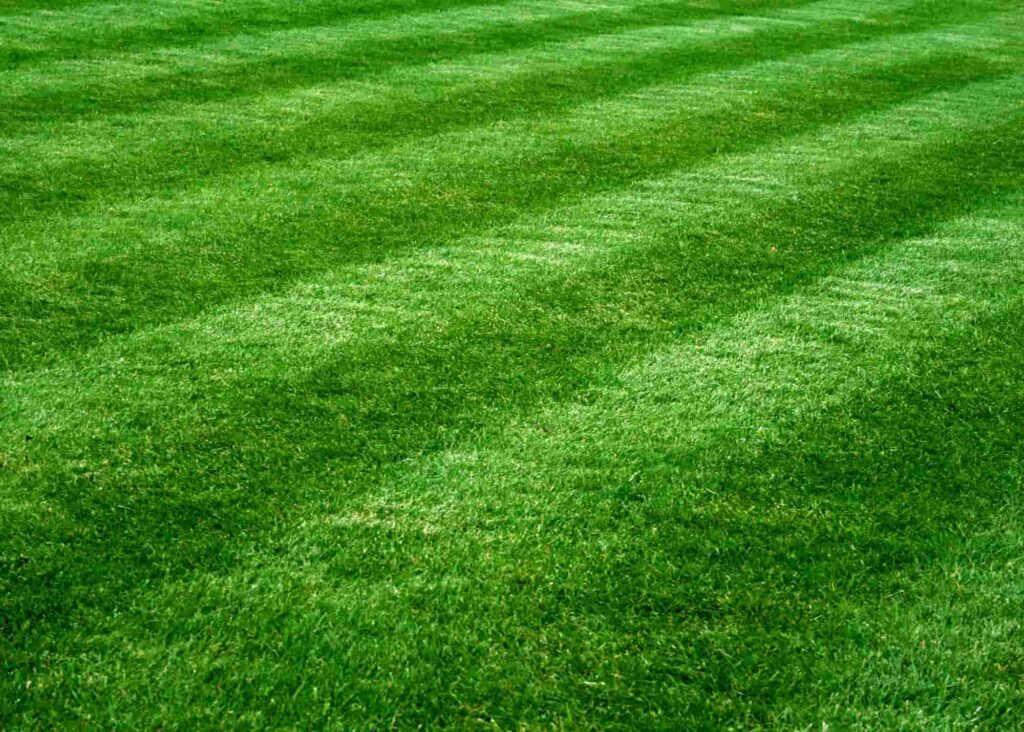A lush, green lawn is more than just an aesthetic feature—it’s a sign of healthy soil, balanced nutrients, and effective weed management. Across the US, from the humid Midwest to the arid landscapes of California, maintaining turf health requires a strategic combination of weed control and fertilization. When executed properly, these practices create dense, resilient grass that naturally resists pests and environmental stress.
The Importance of an Integrated Approach
Weed control and fertilization are not separate tasks; they work best together. A properly nourished lawn shades out weeds, reduces erosion, moderates ground temperature, and enhances biodiversity. Over-fertilization or poor weed management, however, can lead to chemical runoff, nutrient leaching, and long-term soil damage.
Always begin with a soil test—services like the University of Minnesota Soil Testing Lab provide tailored recommendations based on pH, nutrient levels, and organic matter. Pair this data-driven approach with EPA guidelines and local regulations to ensure compliance, particularly in states with strict fertilizer laws such as MD, MI, and PA.
Effective Weed Control Strategies
Weeds thrive in lawns under stress—caused by compacted soil, irregular watering, or improper mowing heights. Preventing these conditions is the first step toward long-term control.
Three core weed control methods:
- Cultural Control: Maintain turf density through proper mowing (3+ inches for cool-season grasses), deep infrequent watering, and timely fertilization.
- Mechanical Control: Remove weeds physically—either by hand-pulling before they set seed or using mulching to smother growth.
- Chemical Control: Apply preemergence herbicides in early spring (e.g., Benefin for crabgrass) or postemergence herbicides for actively growing weeds (e.g., 2,4-D for broadleaves). Use nonselective options like glyphosate only for targeted renovations.
Regional tip: In the Midwest, preemergents are critical for combating crabgrass. Time applications by tracking growing degree days or using local bloom cues such as forsythia.
Fertilization Guidelines for Optimal Turf Health
Fertilization is about balance. Overfeeding causes excessive growth and environmental harm; underfeeding weakens grass and invites weeds.
Key nutrient roles:
- Nitrogen (N): Drives leaf and stem growth.
- Phosphorus (P): Supports root development.
- Potassium (K): Improves overall plant resilience.
Fertilizer types:
- Synthetic: Delivers rapid or controlled nutrient release; best for precise feeding schedules.
- Organic: Improves soil structure while feeding plants (e.g., composted manure, Milorganite).
- Slow-release: Ideal for sandy soils, reducing nutrient loss.
- Fast-release: Immediate results, but with a higher burn risk.
Seasonal timing:
- Cool-season grasses: Early spring and fall.
- Warm-season grasses: Late spring through summer.
Always water after application to activate nutrients and prevent burn. Sweep stray granules from hard surfaces to avoid stormwater contamination.
Combining Fertilization with Weed Control
A holistic approach saves time and resources. “Weed and feed” products, which combine herbicide and fertilizer, are effective when timed precisely. However, for optimal turf health:
- Pair slow-release fertilizers with preemergents in spring.
- Aerate annually to relieve compaction.
- Adjust mowing heights to shade soil and suppress germination.
Integrated Weed Management (IWM) blends cultural, mechanical, and chemical tactics for sustainable control. This method reduces dependency on herbicides, enhances biodiversity, and supports soil health.
Conclusion
A vibrant lawn doesn’t happen by accident—it’s the result of informed planning, region-specific timing, and consistent maintenance. By combining precise fertilization with targeted weed control, homeowners can cultivate lawns that are visually stunning, environmentally responsible, and resilient against pests. Whether you manage your own yard or hire professionals, an integrated, science-backed approach ensures long-term success.








